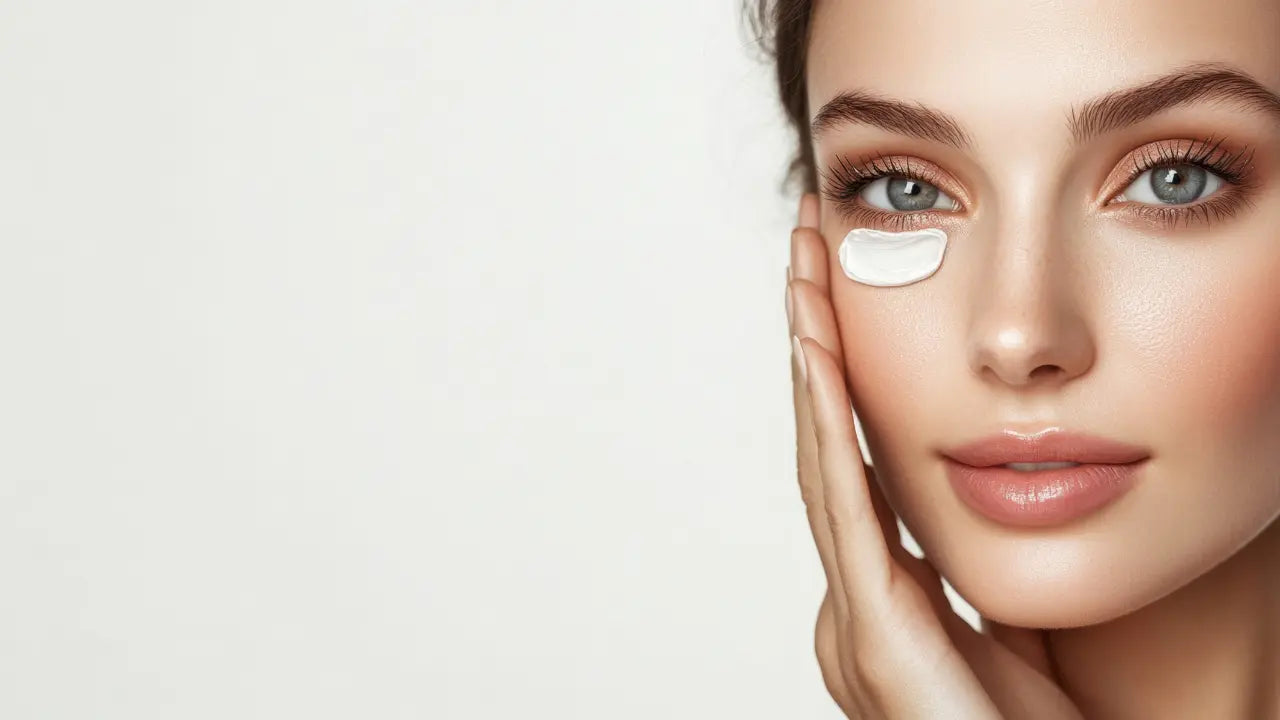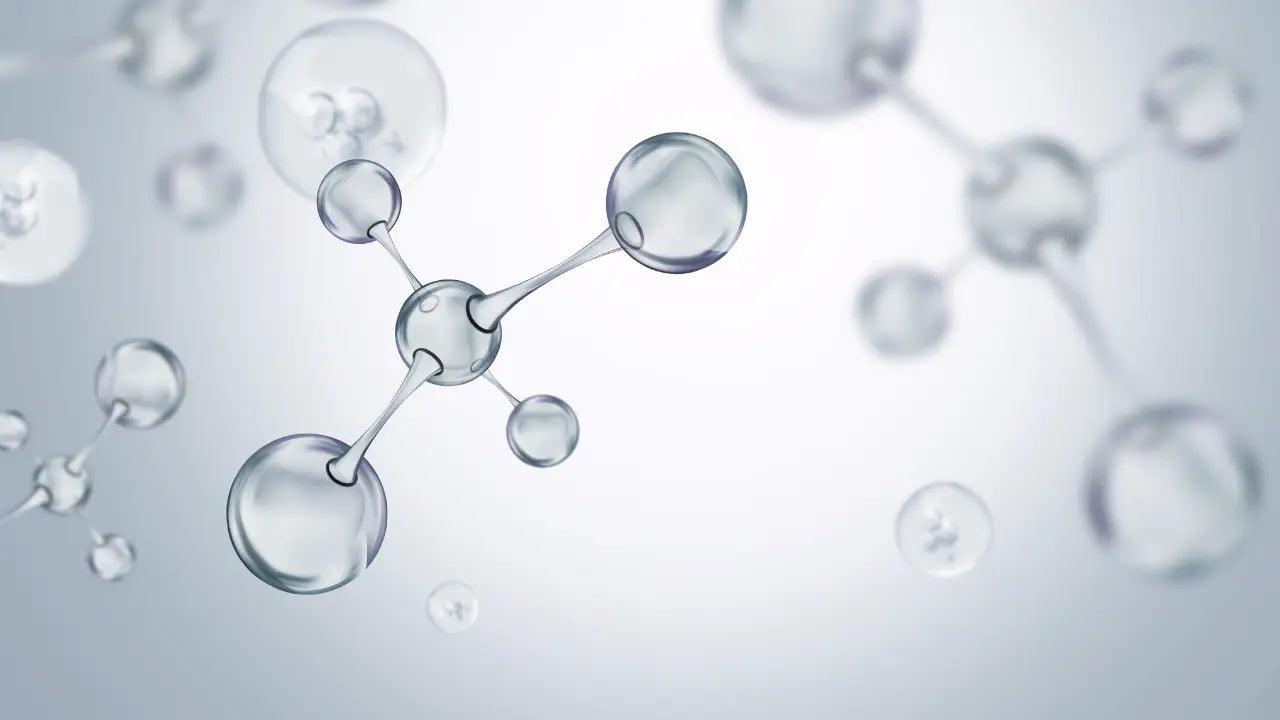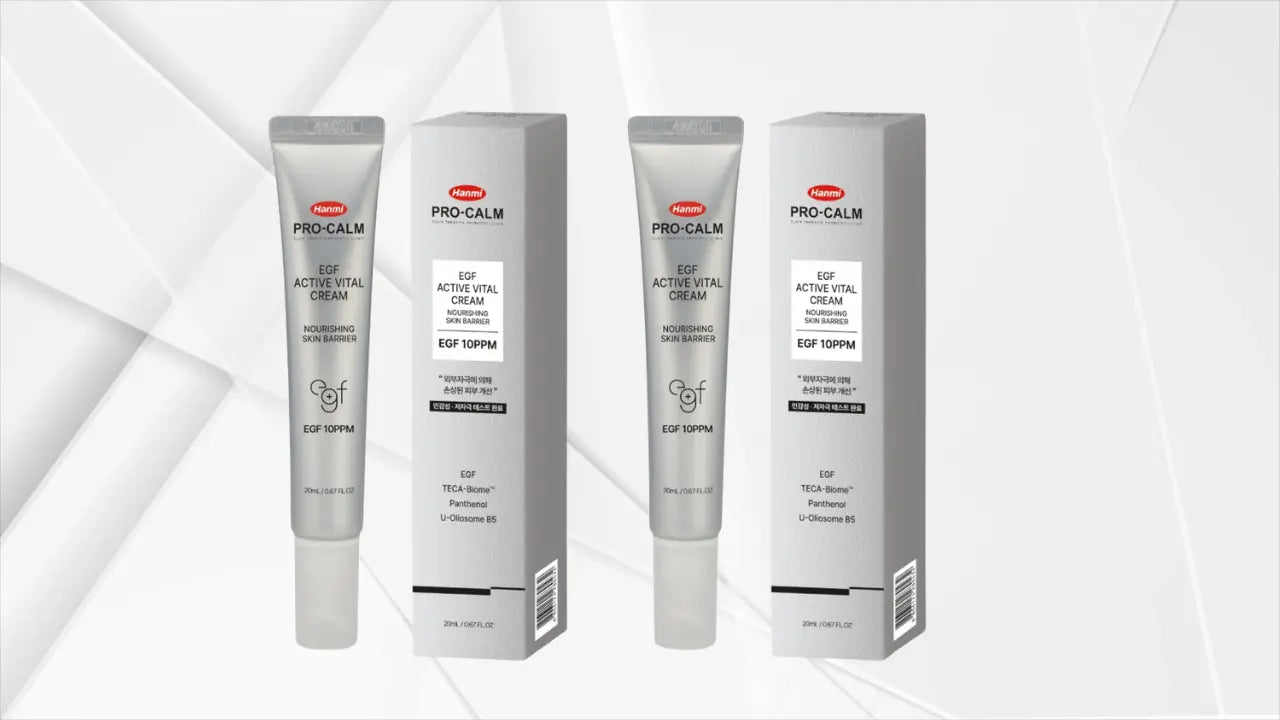Physiogel cream is a go-to for people who want hydration that respects a sensitive skin barrier, and in my experience it’s the kind you forget about until it quietly fixes the tightness and sting that showed up after a dry, over-heated week. It’s a straightforward moisturizer with a skin-like lipid structure, and that’s why it tends to sit well on reactive skin: the formula aims to replenish what the barrier is missing rather than overwhelm it with perfume or heavy occlusives.
What Physiogel cream is and why sensitive skin reaches for it
At its core, this is a ceramide-style emollient cream arranged in lamellar layers that echo the outer skin’s own lipids. Physiogel calls the approach BIOMIMIC TECHNOLOGY™, and the brand describes it as a complex of essential lipids similar to those found in the skin’s outer layer that helps strengthen a dry, reactive barrier and lock in moisture. lgbeauty.com
That structure matters because the most common complaint with sensitive skin isn’t just dryness; it’s a damaged barrier that loses water quickly and reacts to small irritants. Lamellar creams have been studied for this exact problem, with clinical data showing reduced transepidermal water loss and increased hydration compared with untreated skin, benefits that even persisted for days after stopping use. pmc.ncbi.nlm.nih.gov
When I test Physiogel-type formulas through a week of radiators and recirculated office air, the texture melts down without greasiness and sits nicely under sunscreen. On my combination skin it feels like a flexible layer: enough cushion to prevent midday tightness, but not so occlusive that makeup slides. If your climate is hot and humid, it tends to behave like a comforting seal in the evening rather than a daytime dewy finish.
Because shoppers search both “physiogel cream” and “physiogel moisturizer/moisturiser,” it’s helpful to think less about the name on the box and more about what the cream is trying to do. The common thread is barrier support for dryness, redness from dryness, and general sensitivity, which makes it a fit for people who prefer fragrance-free, gentle care after a rough patch with exfoliants or weather.
Key ingredients & how they work
Formulas in the family lean on skin-related lipids such as ceramides or ceramide-like components, squalane, and lecithin. Together they create that lamellar structure that helps slow water loss and leaves skin feeling calmer and more flexible. The principle is echoed in dermatologist guidance: pick moisturizers with lipids and humectants for your skin type to help rebuild comfort without unnecessary fragrance. aad.org
Some variants, particularly the A.I. (Advanced Intensive) line, include palmitamide MEA—more widely discussed as PEA, a fatty acid amide studied for itch and irritation from dry, eczema-prone skin. Emerging clinical data suggests topical PEA can help reduce eczema symptom severity when used alongside standard care, which is exactly the kind of gentle nudge reactive skin appreciates. pmc.ncbi.nlm.nih.gov
If your barrier is simply parched and tight, the straightforward “Daily Moisture Therapy/Intensive Cream”-style formulas are usually the place to start. They focus on replenishing lipids and holding water in the stratum corneum so the face feels soft again without a heavy film. If redness and prickly sensitivity are front and center, the A.I. direction may be more comfortable because it pairs those barrier-mimicking lipids with PEA to soothe visible flushing linked to dryness. lgbeauty.com
For context outside the brand name, lamellar creams in general have shown they can measurably lower water loss and improve corneometer readings for hydration in split-face and tape-stripping models. That doesn’t guarantee results for every person or every climate, but it’s a reasonable explanation for why these “skin-like” creams feel more like a missing puzzle piece than another layer sitting on top. pmc.ncbi.nlm.nih.gov
Types & how to choose by skin feel, climate, and routine
If you prefer a classic, non-sticky cream that disappears under sunscreen, a daily moisture style is a strong baseline. When friends ask for something to keep on the desk at work during heating season, that’s the one I point to first because it behaves predictably across many routines. If your concern is flare-prone redness after cleansing, the A.I. pathway is designed with comfort in mind and may be a better night cream in dry months.
Those who gravitate toward soothing botanicals often ask about cica-leaning options. Within the same calming theme, you can explore a store-exclusive variant such as the Hydro Cica Soothing Cream, which leans into that familiar centella comfort while still acting as a barrier-friendly moisturizer. I’ve used it on days when my face felt warm from wind and it sank in quickly without pilling under sunscreen. You can find it as the Physiogel Hydro Cica Soothing Cream (70ml).
For redness-prone users who want an alternative texture, a cica-centric formula from another brand can function similarly if you prefer that feel. A dependable option is the Dr.G Red Blemish Cica Soothing Cream, which I find layers well after gentle serums on nights when my cheeks look flushed.
If your barrier feels fragile and you want a richer night treatment, a ceramide-capsule formula can be comforting. The AESTURA ATOBARRIER365 Cream is a heavier alternative that I tend to reserve for cold snaps or when indoor heating is relentless. For daytime or humid climates, a lighter soothing choice like Dr.Althea 345 Relief Cream keeps makeup in place and takes the edge off tightness without sheen.
Breakout-prone readers often ask if a barrier cream will clog. In my experience, picking a non-occlusive cica balm used sparingly on compromised areas works better than a thick coat everywhere. A targeted option is Kioskin Acne Cream D-Panthenol Cica Balm, which plays nicely with spot treatments and doesn’t create a greasy film.
Who it’s for (and when to be cautious)
If your skin is dry, tight, and stings after washing, you’re in the sweet spot for a Physiogel-style cream. Board-certified dermatologists emphasize choosing fragrance-free moisturizers with the right balance of lipids and humectants for your skin type, and those basics are what make this category feel reliable through seasonal transitions. aad.org
Those with redness-prone faces often see calmer mornings when a barrier repair cream is used consistently after medication. The American Academy of Dermatology notes that applying a rosacea-friendly moisturizer can improve comfort and even help treatment work better, which matches what I’ve seen when clients sandwich their actives with a gentle cream. aad.org
If you’re managing eczema-prone dryness, the A.I. direction that incorporates PEA can be a thoughtful add-on to your routine. Early clinical work suggests potential improvements in itch and dryness when PEA-containing products are added to care plans, though individual responses vary and you should still follow your clinician’s plan. pmc.ncbi.nlm.nih.gov
For acne-prone or combination skin, I use a lighter hand: a pea-sized amount over damp skin or just on the cheeks and sides of the face where winter hits hardest. During hot months, I keep it to night-only and let a gel-serum carry morning hydration. Always patch test first—behind the ear or along the jawline—especially if you’re sensitive to squalane or lecithin. If you’re pregnant or breastfeeding, barrier creams are generally simple, but review individual ingredient lists with your healthcare provider before introducing anything new.
How to use & routine pairings
I get the best mileage by applying a thin layer onto damp skin after a gentle, fragrance-free cleanse. Dermatology guidance supports the idea that moisturizer choice matters just as much as consistency; applying promptly after cleansing helps trap water in the outermost layer so the skin stays more comfortable through the day. aad.org
In the morning, a light layer under broad-spectrum sunscreen sits comfortably without rolling, and the lamellar structure seems to help makeup base go on smoother by evening out dry texture. For nights with retinoids, I use the sandwich method: a small amount of cream before and after the active, which helps me tolerate stronger formulas with fewer dry patches. On weeks when chemical exfoliants creep back in, I reduce frequency and let the barrier do the talking for a few days, because over-exfoliation is the fastest way to undo the calm.
If redness is easily triggered, I keep the water lukewarm and treat the cream as the final step, resisting the urge to keep layering multiple soothing serums. The AAD’s rosacea tips echo that a simple routine—gentle cleanser, medication if prescribed, and a barrier-repair moisturizer—tends to yield steadier results than an overly complex lineup. aad.org
For the desk drawer or gym bag, I decant a little into a clean mini jar to reapply on wind-burned cheeks or around the nose. In winter travel, I massage a thin layer over hands after sanitizer because the texture is rich enough to cut through dryness without feeling slippery on a keyboard.
Comparisons & narrative FAQs
Is Physiogel cream different from a regular drugstore moisturizer? In feel, yes—many everyday lotions rely on lots of humectants and a lighter occlusive film. Physiogel-type creams arrange lipids in a skin-like lamellar pattern, which has been associated with lower water loss and better hydration in controlled studies, and that can translate to more enduring comfort between applications. pmc.ncbi.nlm.nih.gov
When should I choose the A.I. variant? If itch and visible redness from dryness are the main issues, the A.I. line’s inclusion of PEA targets comfort alongside barrier repair. Think of it as a night-leaning option in colder weather or a targeted step after prescription treatments. Early research indicates PEA-containing topicals can ease symptoms of eczema-prone dryness when used with usual care, but it’s still wise to monitor your own response. pmc.ncbi.nlm.nih.gov
How does “soothing care” fit in? “Soothing care” is a helpful umbrella term: products that calm the feel of skin while supporting the barrier. The Hydro Cica Soothing Cream sits here; I reach for it when cheeks look warm or after a windy day because it adds comfort without heaviness. If your barrier is fragile and you want a plusher, night-repair feel, a ceramide-rich alternative like ATOBARRIER365 provides a more occlusive hug, while a lighter daytime choice such as Dr.Althea 345 Relief Cream keeps shine at bay.
Can oily or acne-prone skin use Physiogel cream? Yes, but sparingly and strategically. I apply it to the cheeks and outer face while keeping the T-zone to a gel-serum and sunscreen. On active breakout zones, I prefer a targeted balm that soothes without slickness, such as Kioskin’s Cica Balm, and then I step back to observe how skin behaves over a week before adding more.
Where does sunscreen fit? Always as the last step in your morning routine. Barrier repair without daily UV protection is half a plan, and a comfortable cream under sunscreen encourages you to use the amount that actually protects. For retinoid nights, I keep the moisturizer constant and let sunscreen shoulder the morning work of calm and protection.
Final note: these creams are purposely simple, which is why they’ve earned a reputation for reliability. They won’t replace prescription care, and results vary—especially if you’re juggling actives—but they do provide a steady, skin-like base that helps everything else sit better on the face.




